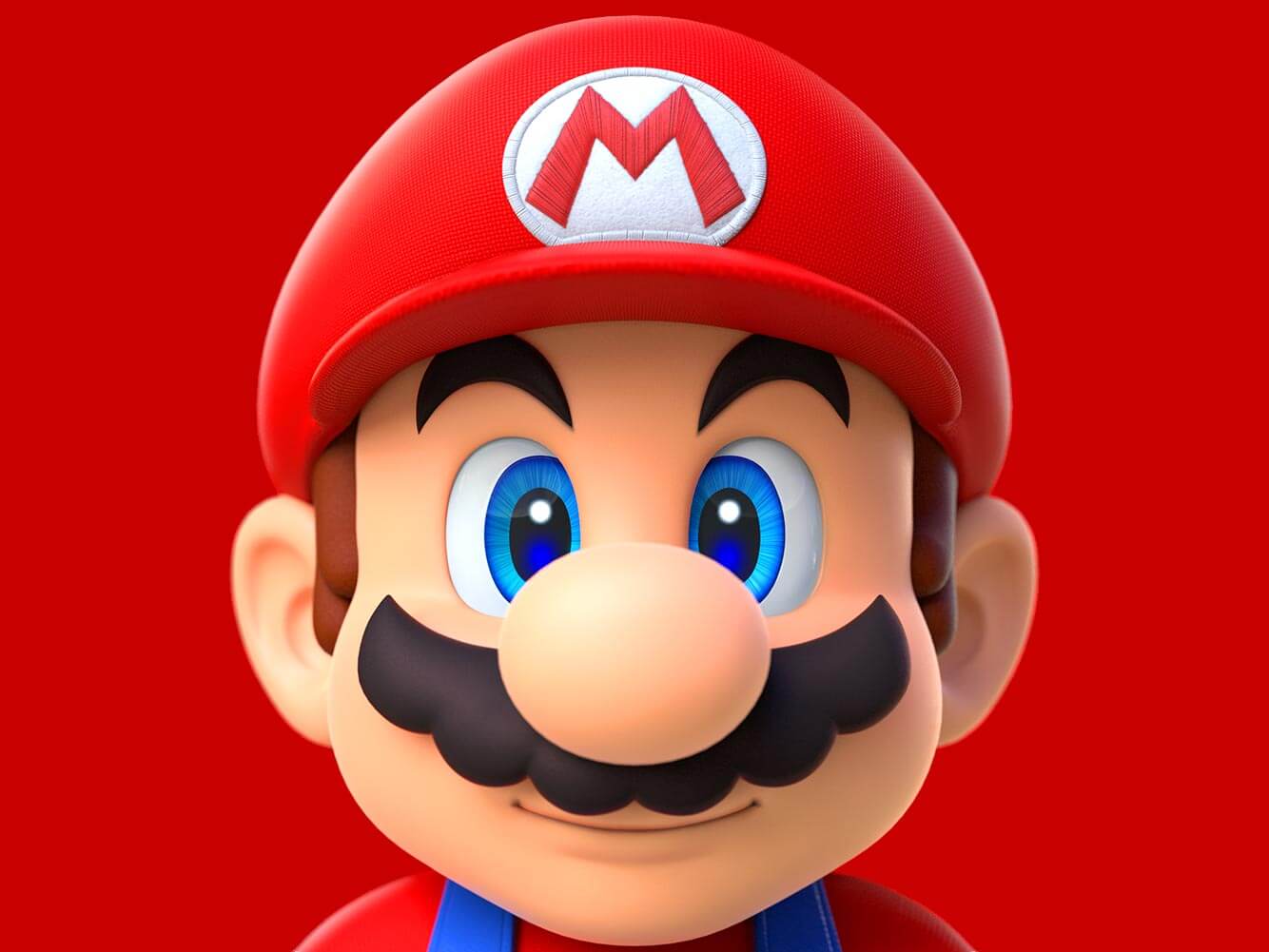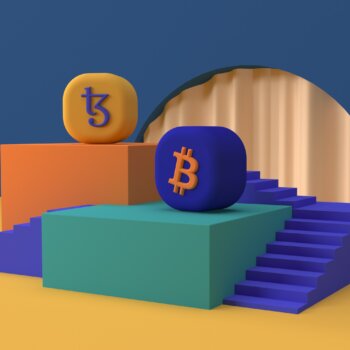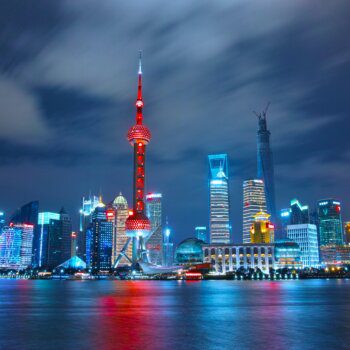Nintendo is the world’s most widely known video game company. Having been a major player in the video game industry since the late 1970s, Nintendo’s influence on the video game industry has been both widespread and undeniable. Like every company, they’ve had their ups and downs, and are currently on a rather large “up”, thanks in no small part to the runaway success of the Wii and Nintendo DS.
Although Nintendo started making the products it’s most well known for in the 1970s, it was making things before that. These guys have been around for a while. Actually, a really long while: Nintendo dates to 1889, when the company founder Fusajiro Yamauchi created playing cards called hanafuda. The business was successful enough to create sufficient demand, and Nintendo had modest expansion through much of the 20th century (Nintendo continues to manufacture hanafuda, together with playing cards, Shogi and Go to this day).
Under the leadership of young Hiroshi Yamauchi after World War II, the company expanded its business model to everything from a taxi service to a chain of Love Hotels to children’s toys. Many of those were invented by talented young people like Gunpei Yokoi, and Nintendo hit it fairly well with inventions such as the Ultra Hand, the Love Tester, and the Ultra Machine. Eventually, Yamauchi decided that Nintendo would become an entertainment and games company.
Tinkering around with solar cells and transistors lead Yokoi and another engineer to create a series of basic light gun games – shooting a bottle in the right spot would cause it to pop apart, a toy lion would roar, and so on. Moving these into abandoned bowling alleys gave Nintendo their Laser Clay Ranges, where players would insert some coins and shoot at electronic targets installed at the ends of lanes.
Basic video games like Pong and the Odyssey were becoming popular, and Nintendo soon created the Color TV Game 6, complete with cheesy plastic overlays. Soon after was the more powerful Color TV Game 12. Soon, Nintendo moved into arcade games, with help from games like the original Donkey Kong, which was designed by a young artist named Shigeru Miyamoto. Deciding that simple Pong clones were not enough, Yamauchi wanted to create a more powerful gaming system, one that was so much better than the competitors that it would not even be a choice as to which the consumer wanted. With this in mind, Nintendo eventually released the Family Computer in Japan.
The Family Computer, or Famicom, was a massive success. After only a few years on the shelves, it had a lock on 90% of the Japanese home video game market. Eventually, Yamauchi decided to expand overseas, and he asked his son-in-law Minoru Arakawa to run Nintendo of America. After braving some initial struggle, Nintendo of America found massive success with an arcade game starring a portly red carpenter and a large hairy ape, giving them the necessary capital and support to make more arcade games.
At this point (early to mid 80s), the American home video game market was dead from The Great Video Game Crash of 1983. Deader than dead, really. Arcades were still booming, so Nintendo decided to give the home market a shot. Nintendo of America worked hard translating and porting games over from Japan, the system was redesigned several times to look more like a consumer electronic product and less like a video game machine, and several cool looking peripherals were designed to help sell the system – primarily, the NES Zapper Gun and R.O.B, the Robotic Operating Buddy. R.O.B. didn’t do much, admittedly, but he still looked pretty good for the early 1980s.
Though early comments from testing with kids proved discouraging, with the typical comment from an 8-year-old being “this is crap!”, Yamauchi told Arakawa to get the system out anyway. Showing some true entrepreneurial determination, he told Arakawa that they must get the system into the hands of the consumers – that was the only test that mattered. Working through the winter months, Arakawa and the fledgling Nintendo of America got the system onto store shelves in New York in time for the Christmas season of 1985. Over half of the 100,000 systems sold. Though not as successful as Nintendo had hoped, the retailers had seen the viability of the product.
More systems and games were shipped over to the States. Sales were slow at first, but word spread (as did Nintendo’s distribution channels) and the system sold more and more – over 1 million systems by the end of the first year and 3 million by the end of the second. Consumer analysts were baffled, having predicted that the system would go the way of Atari and Coleco before it, but they didn’t count on Nintendo’s aggressive strategy and controlled releasing, which avoided the flood of terrible quality product that had caused the market to die before.
More games were translated. Original, American-developed titles were created. Licensing contracts were created and signed. Nintendo Power, a magazine all about Nintendo games, was published. Help lines and call centers were being used night and day. Soon, home video games were booming once again, and all of it was Nintendo’s doing – they single-handedly revived the dead-in-the-water industry and guided the market to the smashing success it is today with a portly red plumber and a small grey box.
Though several companies have come and gone, Nintendo remains strong in both hardware and software thanks to a constant cycle of innovation with their consoles and games. Nintendo’s first-party games are nearly always high in quality, and they show a remarkable commitment to ensuring that even long-running series like Zelda or Mario remain fresh and interesting with each new installment.
Nintendo is currently the only one of the big three players in the current console wars to solely make video games and consoles; Microsoft and Sony are enormous titans in other industries but Nintendo is forced to stay viable in order to compete in the game market. They must do this by keeping their products affordable and selling them at a profit, forcing them to use older technology instead of selling at a loss with newer technology. This also forces them to cut some features that the competing consoles have such as DVD/Blu-Ray playback and an expansive online service at the level that the Xbox Live and Playstation Network do. The stakes are also much higher for them, as they’ve stated that the day they no longer make consoles is the day they drop out of the game business entirely. Granted, business smarts may say otherwise if that day happens.
On the other hand, these same attributes also ensure that Nintendo is never hurting for cash. Nintendo is one of those rare few companies that not only makes a profit, but makes consistent profit and has a tremendous bank account saved up for ‘rainy days’. Indeed, there has been no generation where Nintendo has not made a profit from day one where as competitors generally require years before hardware and software begins to make money. More than that, since Nintendo has such strong power as a company and as a brand, a good part of their success lies in transforming games into franchises. See Pokemon for a good example of how Nintendo parleyed a game into a everything from stores to movies. Suffice to say, while the stakes are higher for Nintendo, they’re in the business of video games because they want to be despite easily being able to drop out and be a pure media company.
Nintendo also created and monopolized hand held units until the PSP arrived in 2004 (after which they merely dominated hand helds). The Game and Watch was the greatest hand held console in the 80s. Following it was the Game Boy in 1989, which was a similar success, thanks (in part) to the bundle-packaging of Tetris. Nintendo’s biggest console failure was the Virtual Boy, which failed due to headache-inspiring pseudo-3D visuals and few good games besides Virtual Boy Wario Land. The Game Boy was succeeded by the Game Boy Color and the Game Boy Advance.
Nowadays, Nintendo is first in both the hand held and home console wars with the Nintendo DS and Wii, and while the creation of things like Microsoft’s Kinect and Sony’s Move have led to the Wii losing some of its steam, the recent release of the Nintendo 3DS (which, as the name implies, is the Nintendo DS’s successor) and the confirmed followup to the Wii show that Nintendo isn’t going to be leaving the hardware business anytime soon.





























